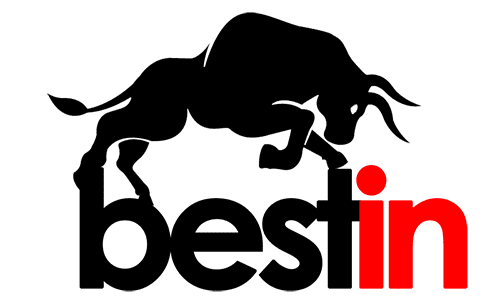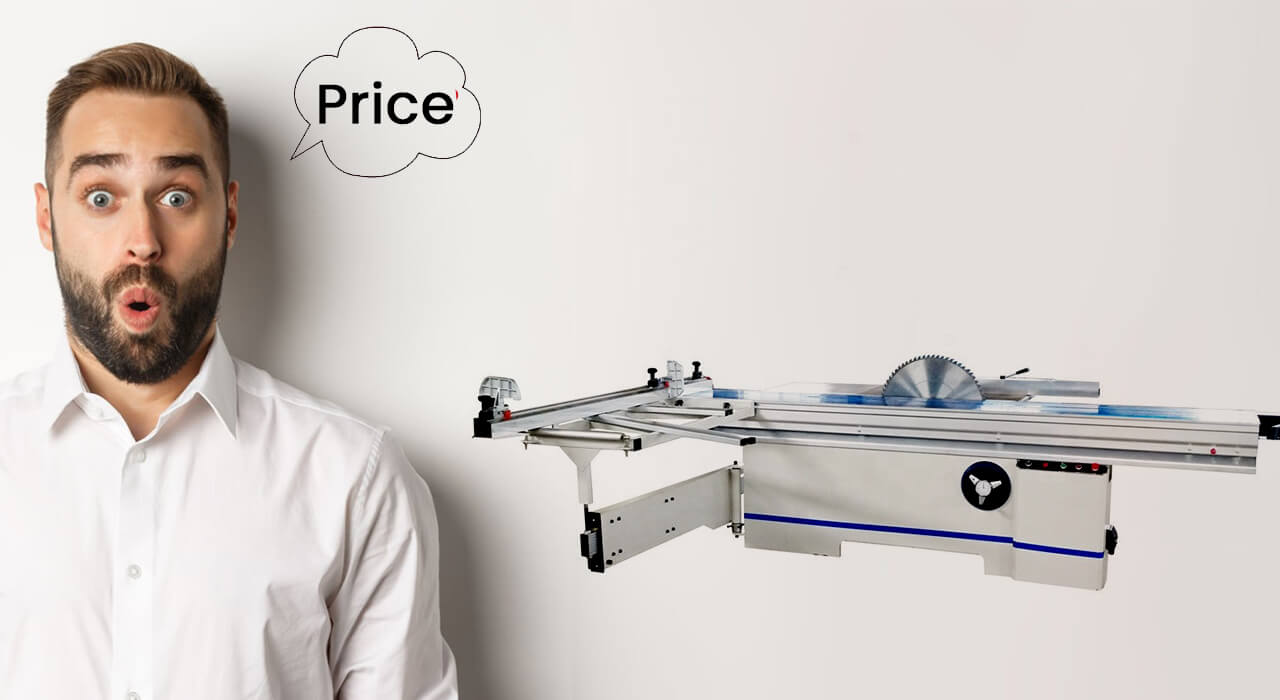Sliding Table Saws are indispensable machine in woodworking, offering precision and efficiency for cutting large panels and solid wood. They are particularly valued in professional shops for their ability to handle wide workpieces with ease, making them a significant investment for any woodworking operation.
However, the total cost of ownership extends far beyond the initial purchase price, encompassing installation, operational expenses, maintenance, accessories, training, and potential resale value.
This survey note provides a detailed exploration of these factors, drawing on market research, industry insights, and practical considerations to help woodworking professionals and hobbyists make informed decisions.
Table of Contents
1. Sliding Table Saw Type
Sliding Table Saws come in various types, primarily manual and CNC-equipped models.
Manual sliding table saws require the operator to adjust settings and move the table by hand, offering a cost-effective solution for smaller shops.
In contrast, CNC models provide automated controls, improving precision and efficiency, which is crucial for high-volume production but at a higher initial cost. The choice between these types significantly impacts both the purchase price and ongoing expenses, with CNC models often commanding prices in the higher end of the spectrum.
2. Initial Purchase Price: A Wide Range of Options
The cost of a sliding table saw varies dramatically based on several factors, including brand, motor power, table size, and features.
Market research indicates that entry-level manual models can start around $500, suitable for hobbyists or small workshops, while high-end Industrial Sliding Table Saw with CNC Capabilities can exceed $25,000.
Key Factors Influencing the Price Include:
- Brand: Reputable brands like Felder, SCM, and Bestin Group often command higher prices due to their quality and reliability.
- Motor Power: Saws with higher horsepower, such as 5HP to 7.5HP, can handle thicker or denser materials but come at a premium.
- Table Size: Larger tables, necessary for accommodating bigger workpieces, increase the cost.
- Features: Advanced features like digital controls, automatic blade adjustments, and integrated safety systems add to the cost.
Given this range, it’s crucial for buyers to assess their specific needs, such as production volume and material types, to choose a saw that balances performance with budget constraints.
| Brands | Sliding | Price |
| MJ6132TAZ | $2950.00 | |
| Felder | $20,000.00 | |
| IRONWOOD | $24,990.00 | |
| ITECH | £13,995.00 | |
| MARTIN | £19,550.00 | |
| SCM | £10,076.00 | |
| Maksiwa | $4,999.00 | |
| Maksiwa | BMS.3200.IR | $8,499.00 |
| Cantek | $17,115.00 |
3. Installation Costs: Setting Up for Success
For larger, industrial-grade sliding table saws, professional installation is often necessary, adding to the total cost of ownership. Installation encompasses several components:
- Delivery Fees: Transporting heavy machinery to the workshop can incur costs, especially for remote locations, with fees potentially ranging from $200 to $1,000 depending on distance and logistics.
- Setup and Assembly: Professional assembly ensures the saw is correctly put together, which might cost $300–$1,000, particularly for complex models requiring precise calibration.
These costs can range from a few hundred to several thousand dollars, depending on the complexity of the installation and the location.
4. Operational Costs: Powering the Machine
Operational costs primarily involve electricity consumption, as sliding table saws can be power-intensive, especially those with larger motors. To estimate these costs, consider the motor’s power rating and typical usage hours.
For example, a common 5HP motor consumes approximately 3.73 kW. Assuming 20 hours of use per week, the weekly consumption is 74.6 kWh. At an average electricity rate of $0.12 per kWh, the weekly cost is about $8.95, totaling approximately $465 per year. This is a rough estimate, and actual costs will vary based on local electricity rates and usage patterns, which could range from $400 to $600 annually for moderate use.
5. Maintenance and Repair Costs: Keeping It Running
Regular maintenance is essential to keep the sliding table saw performing optimally and to extend its lifespan, contributing significantly to the total cost of ownership. Maintenance tasks include:
- Blade Maintenance: New blades ranging from $100 to $500 or more, depending on quality and size.
- Lubrication: Applying lubricants to moving parts, such as the sliding table and arbor assembly, reduces friction and wear. Lubricants are relatively inexpensive, with costs typically under $50 annually.
- Belt Replacement: If the saw uses belts, they may need replacement every few years, costing $50–$200.
- General Repairs: Addressing wear and tear on components, such as motors or alignment issues, can vary widely in cost, potentially ranging from $100 to $1,000 per incident, depending on the severity and need for professional service.
Annual maintenance costs can range from $300 to $800, depending on the machine’s usage and complexity, with preventive maintenance schedules helping to minimize unexpected repair costs and downtime.
6. Accessories and Upgrades: Enhancing Functionality
To maximize the functionality and safety of your sliding table saw, investing in additional accessories is often necessary, adding to the total cost of ownership:
- Dust Collection Systems: Essential for maintaining a clean workspace and ensuring operator safety, with costs ranging from $500 to $2,000, depending on the system’s capacity and integration with the saw.
- Safety Equipment: Push sticks, featherboards, and guards enhance safety during operation, with costs typically under $100 for basic items, but comprehensive setups might reach $200–$500.
- Measuring Tools: Precision rulers, calipers, and squares for accurate cuts, with costs ranging from $20 to $200, depending on quality and brand.
Featured Resource
7. Total Cost Calculation: A Practical Example
To illustrate the total cost of ownership, consider a mid-range sliding table saw with an initial purchase price of $10,000, a common choice for medium-sized woodworking shops:
- Initial Purchase: $10,000
- Installation: $1,000 (mid-range estimate for delivery and setup)
- Annual Operational Costs: $500 (electricity, based on 5HP motor and moderate use)
- Annual Maintenance: $500 (blade care, lubrication, and minor repairs)
- Accessories: $1,000 (one-time, for dust collection and safety gear)
- Training: $500 (one-time, for operator training)
Over a 5-year period:
- Total operational costs: 5 * $500 = $2,500
- Total maintenance costs: 5 * $500 = $2,500
- Total: $10,000 (purchase) + $1,000 (installation) + $2,500 (operation) + $2,500 (maintenance) + $1,000 (accessories) + $500 (training) = $16,500
If the saw has a resale value of $5,000 after 5 years, the net cost would be $11,500. This is a simplified calculation, and actual costs will vary based on specific circumstances, usage patterns, and local rates.
8. To Sum Up
Owning a sliding table saw involves considering a comprehensive range of costs beyond the initial purchase price. By accounting for installation, operational expenses, maintenance, accessories, training, and potential resale value, you can better understand the total investment required.
When selecting a sliding table saw, it’s essential to balance your budget with the features and capabilities needed for your woodworking projects.
For those seeking high-quality options, Bestin Group offers a range of sliding table saws designed to meet diverse needs in the woodworking industry, with competitive pricing and advanced functionality. Contacting us for detailed pricing and options is advisable to ensure the best fit for your needs.




